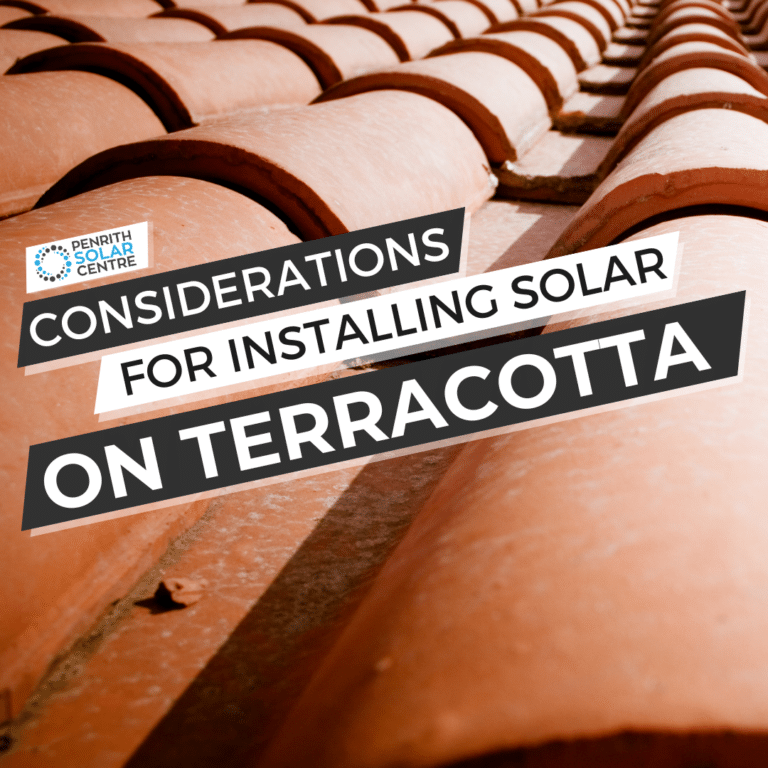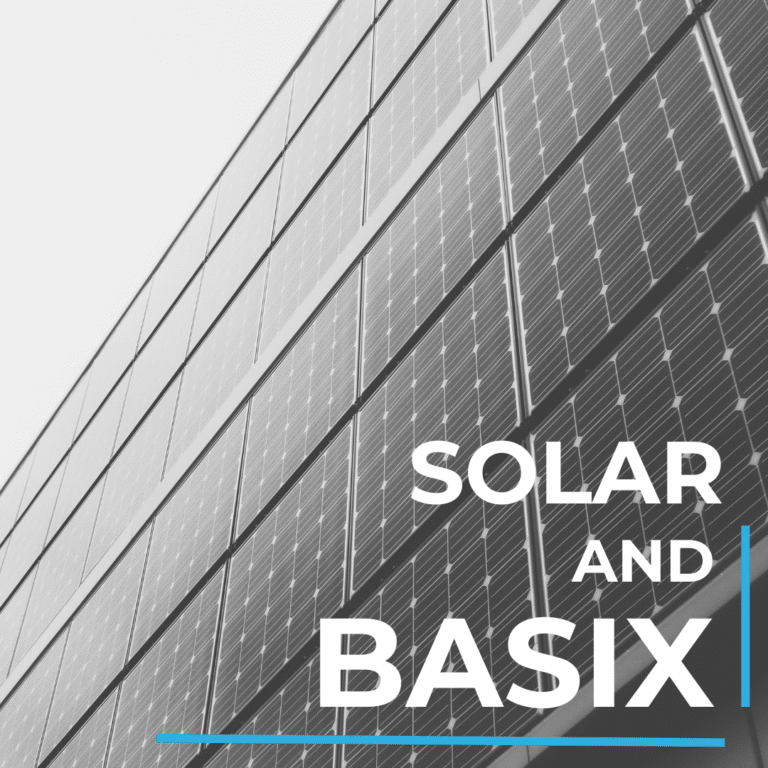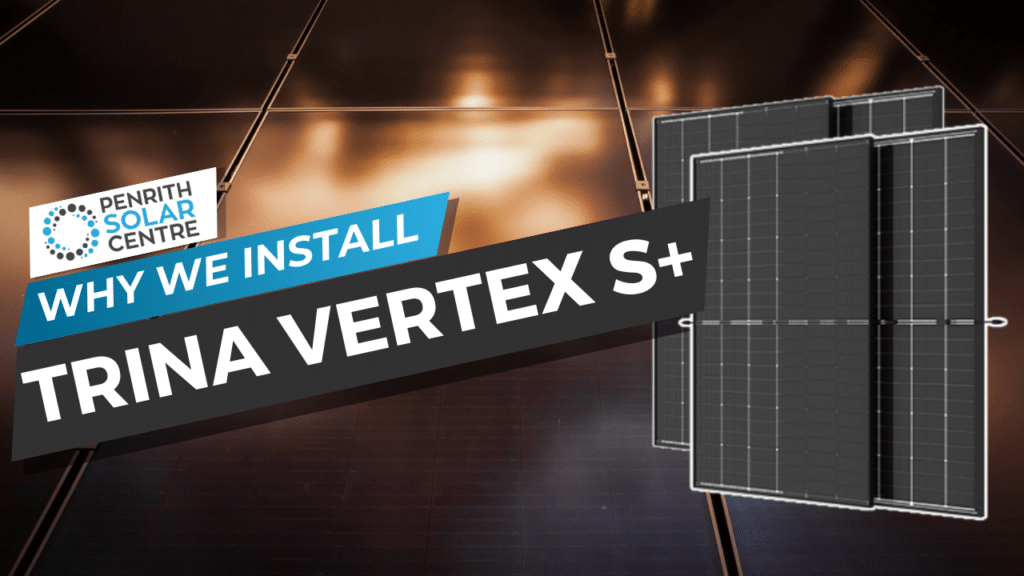
If you’re looking to install a new solar system, there are literally hundreds of models of solar panels to choose from. You want the best, right? You want to maximise the efficiency of your system, and the best brand – the most efficient brand – is often the most expensive. And you should get the best, right? But which one is the best?
Well, it depends.
There’s no such thing as the best solar panel on the market. Obviously, there are industry rankings and as a result, there’s a lot of misinformation from solar sales companies about which panels to install.
At Penrith Solar Centre, we understand the decisions that you’re facing as you price and shop for solar systems. We install solar in the greater Sydney region, and we understand the ins and outs of what most customers need. The solar panel itself is probably the least important component of your solar system when it comes to servicing your needs.
That might sound controversial. Don’t worry, you’re in the right place.
In this article, you will learn:
- What Criteria Do We Use When Evaluating a Solar Panel?
- Why is the Trina Vertex S+ a Good Fit for Enphase Microinverters?
- Trina: A Company That Cares About Australia
- How We Tested and Selected Trina Solar Panels
By the end of this article, you’ll have a comprehensive understanding of why we use Trina solar panels and a firm grasp on why a lot of the buzz about ranking solar panels isn’t really important. You might even be tempted to roll your eyes the next time you overhear someone discussing which solar panels are the best.
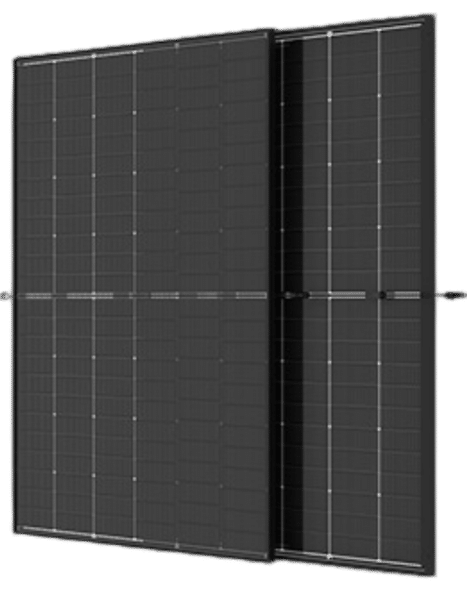
What Criteria Do We Use When Evaluating a Solar Panel?
Most folks want solar panels that are as efficient as humanly possible. But how do you determine what panel is the most efficient? And is it the most efficient for your unique energy needs?
It’s a lot to consider. Fortunately, we have.
The most important factors to consider when looking at solar panels are cost, performance, and warranties.
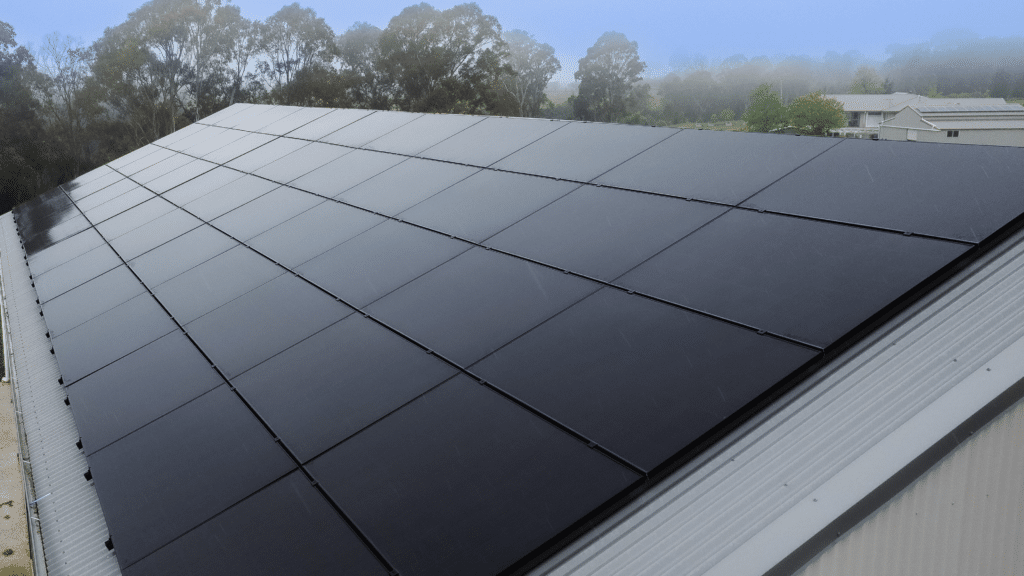
Cost: Many years ago in Australia, as solar was taking off (we’re talking about that far-off distant place in history: the late 2000s) panels cost quite a bit more than they do today. Fortunately, technology has advanced and supply and demand in the free market has done its thing with solar. The result is more economical options for solar panels.
Because the price of “high-quality” panels has dropped to almost the same price as cheap panels, there’s no reason to really weigh these panels against one another. There’s no reason to save money on cheap panels when for a few dollars more, you can get a good panel instead.
We like the Trina Vertex S+ for its value. It’s an efficient panel with a lot of bang for a low price. It’s the Toyota of solar panels. It’s economical, reliable, and offers a great value. And it lasts.
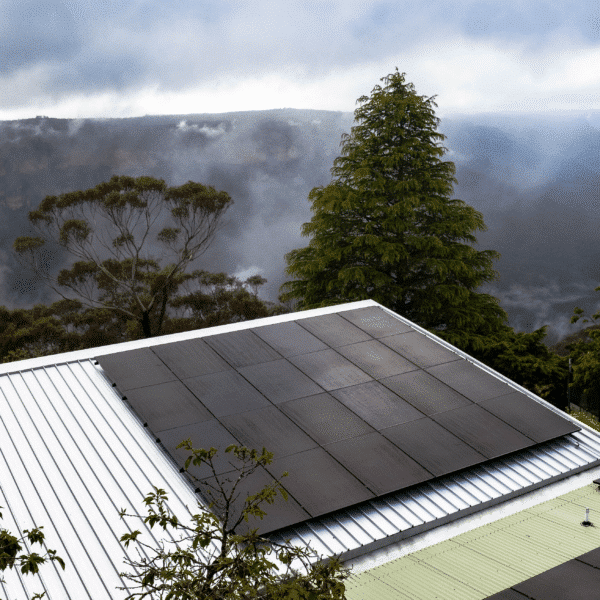
Performance: We install the 440-watt version of the Trina Vertex S+ solar panels with 22% maximum efficiency. Most solar panels rated at 440W in Trina’s class have a similar maximum efficiency.
How does the panel perform in extreme heat? This is referred to as the “temperature coefficient.” Solar panels perform at their best when it isn’t too hot or too cold. Extreme temperatures reduce the performance of the panels. The temperature coefficient is how much the panel outputs when the temperature is above or below the optimal temperature range.
Trina’s panels have an impressive temperature coefficient of around 0.36%. This coefficient is crucial because for every degree Celsius over 25° — the standard testing condition — the panel’s performance decreases. The total output reduces by about 0.36%, forming a compounding fraction. Contrary to common belief, a cooler panel performs better than a hotter one. More sunlight in cooler conditions, like on a sunny and windy day, makes panels perform exceptionally well.
There’s also the degradation rate to consider. Over time, solar panels deteriorate incrementally. They have a projected lifespan of 25 years or longer, and the degradation rate varies from panel to panel. Trina Vertex S+ solar panels have a degradation rate of 0.4% per year. This is pretty standard compared to other solar panels in its class.
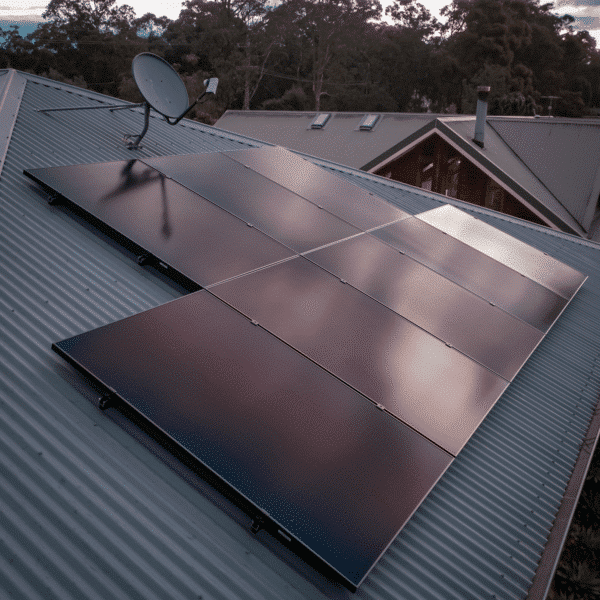
Warranty: Securing panels with the best warranty is a primary concern of ours. It’s also smart to work with a manufacturer who has offices in Australia. Otherwise, getting a warranty filled can be a challenge. Trina has offices here and they’re a lovely company to work with.
We like Trina because they honour the product warranty for 25 years. We have a fun story about this towards the end of the article.
If you’re interested in reading up on all the warranties Penrith Solar Centre honours, feel free to check out the following article titled, A Complete Guide to Solar Warranties.
Why is the Trina Vertex S+ a Good Fit for Enphase Microinverters?
At Penrith Solar Centre, we install Enphase microinverter solar systems. The IQ series microinverters work really well with Trina panels.
The secret to why Trina Solar panels work so well with an Enphase microinverter isn’t actually that special. The key lies in keeping the current of the panel, known as the nominal current, at around 10 amps. The voltage is approximately 45 volts nominal with a peak of 50 volts. In simple terms, power is calculated by multiplying amps and volts. For instance, 440 watts would mean it’s a 10 amp panel at 44 volts, resulting in 440 watts of power.
Now, let’s explore how Trina’s panel excels in maximizing energy conversion through a microinverter. The microinverter’s input preference is precisely 10 amps and 50 volts. This specific requirement aligns with Trina’s panel specifications, creating an ideal match for optimal performance. So, when it comes to getting the best out of Trina Solar panels, providing them with what the microinverter needs – 10 amps and 50 volts – ensures the most efficient energy conversion for your solar system.
If you’re interested in learning more about microinverters, you might want to check out the following article titled, Myths & Misconceptions About Solar Microinverters.
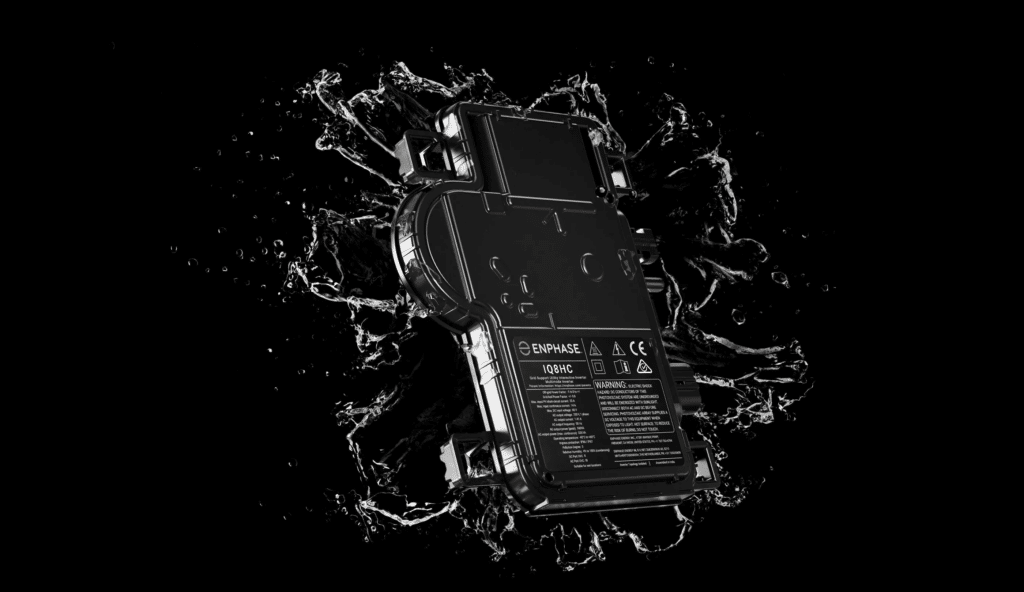
How We Tested and Selected Solar Panels
The founder of Penrith Solar Centre, Jake Warner, is committed to installing the best solar panel solution for customers using Enphase microinverters. In his own words, this is how Jake decided to use Trina solar panels.
One of my Enphase reps said to me, he said, “Jake, you should look at the performance of the new Trina Vertex S+.” This was when it was a brand-new panel. They had recently re-vamped their product line. I told him, “Ah, you know, we’re doing pretty well with what we’ve got at the moment.” And he said, “I’m looking at systems with Trina panels that are potentially outperforming other panels on the market.” I didn’t believe him and decided to test it out myself.
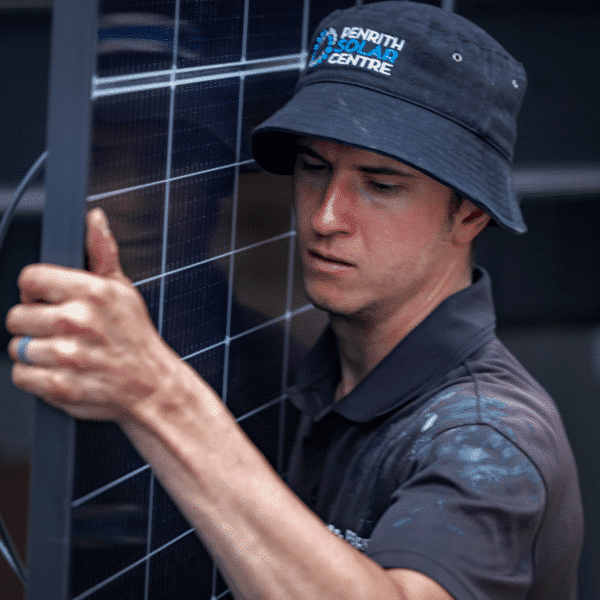
I set up a test on the roof of our warehouse in Penrith. All the panels were tested with microinverters. I put two Trina Vertex S 430W panels on our roof, two Maxeon – one was a 435W and the other was a 430W, 2 Sunpower P 380W, and two of what have the reputation of being the best panel in the world — the REC Alpha Pure series which are 420W panels. Now, of course, the 380W panels are not going to stand up against the 430W panels.
I monitored these panels for about 3 months. I had great panel-level data, and I monitored them carefully. I was looking at multiple factors like performance, warranty, and cost. I got a number, but it was just an internal number and Trina came out on top. I was really surprised by this.
Now is it the best panel in the world? No, it’s not. In my opinion, the Sunpower Maxeon is the best panel in the world with a 40-year warranty. However, you pay triple the price for it. Like quite literally triple.
So for me, what it came down to when I made this decision was this: would I put Sunpower Maxeon on my own house? The answer is no. No, I wouldn’t. Because it was disproportionately expensive. That’s what it was. The return on investment was something like seven or eight years for this particular panel.
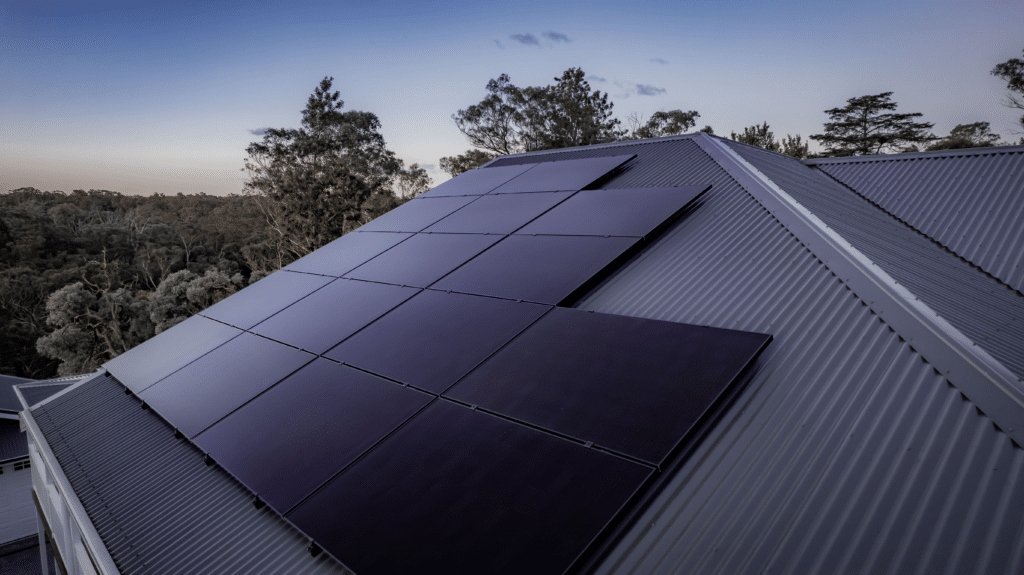
The REC Alpha Pure series, which today is one of the most expensive panels, has design flaws. Its voltage and current characteristics make it an incredibly poor choice to put on a microinverter. When I did the test, the only microinverter that would support the REC Alpha Pure series was the IQ7X. The IQ7X is only a 320-watt microinverter. The REC Alpha Pure series was the worst-performing panel that I monitored.
The temperature coefficient on the REC Alpha Pure series was disgusting when paired with a microinverter. The limitation of the system was the temperature coefficient, so it only hit 300 watts. There were days when it didn’t even hit 300 watts of output. The heat modifies the voltage and current characteristics, which the microinverter didn’t respect. Maybe on a string inverter, they might perform better, but on microinverters, which is what I care about, ’cause that’s the greatest technology on the market, I was comparing micro for micro, and the Trina just came out swinging.
Trina: A Company That Cares About Australia
Trina goes beyond their panels; it’s their story that is easy to identify with. Penrith Solar Centre swears by Trina’s after-sales support, recognizing it as a budget-friendly yet exceptional all-around panel – the Toyota of solar panels, remember?
Trina faced a significant challenge in 2014. A mass failure occurred due to backsheet issues on solar panels, causing water to get into it and the whole panel would fail. There were thousands of panels malfunctioning, it was a mass failure.
In most cases, solar panel manufacturers might exit the market, leaving solar companies and consumers in a bind. But Trina took a different approach. They faced the problem head-on, admitting their mistake and promised to replace every affected system.
Trina not only shouldered the cost of replacements but also provided the installers with the latest model panels and compensated them for their time and effort. This act of responsibility, even in the face of significant inconvenience, impressed our founder, Jake Warner. It showcased Trina’s commitment to fixing issues and built confidence with installers.
What adds to Trina’s appeal is their constant push for innovation. They were the first to introduce a 450-watt panel, always staying ahead in the watt class game. Being at the forefront of technology, Trina’s commitment to innovation is reflected in their cost-effective panels with a substantial 30-year warranty. Their glass-on-glass structure, with 1.6 mm glass on each side totalling 3.2 mm, makes for a robust and hail-resistant panel.
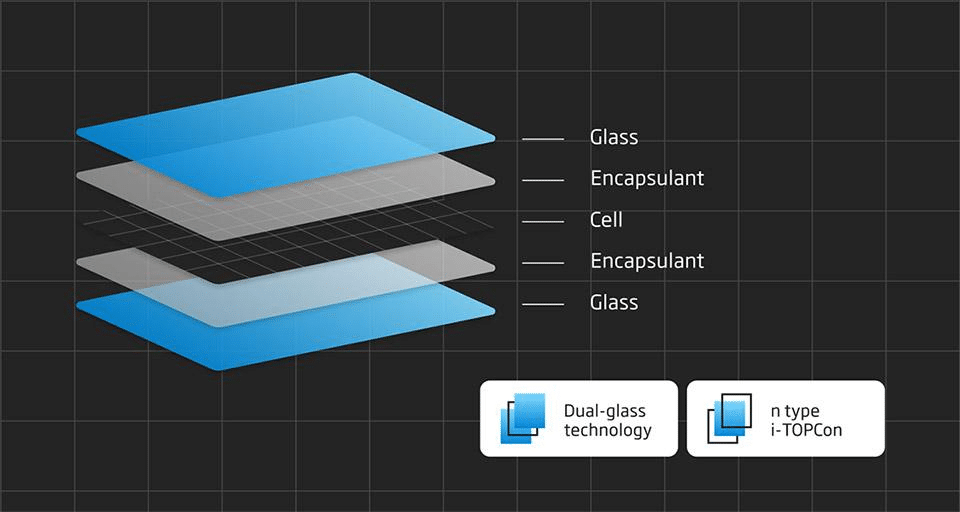
This combination of innovation, cost-effectiveness, and reliability gave Trina Jake’s endorsement. He believes in the product and the company.
Trina Vertex S+ Solar Panels: What We Put on Our Own Roof
Now you know why Trina solar panels are what we prefer to install with our Enphase microinverter solar systems. While there are a variety of solar panels out there, there’s no reason to buy into the hype and the hyperbole.
The best solar panels are going to be different from one customer to another. What’s important is to find an installer whom you trust that you can work with to assess your needs properly. Once that’s accomplished, you’ll be able to get a better idea of what equipment you might need for your system.
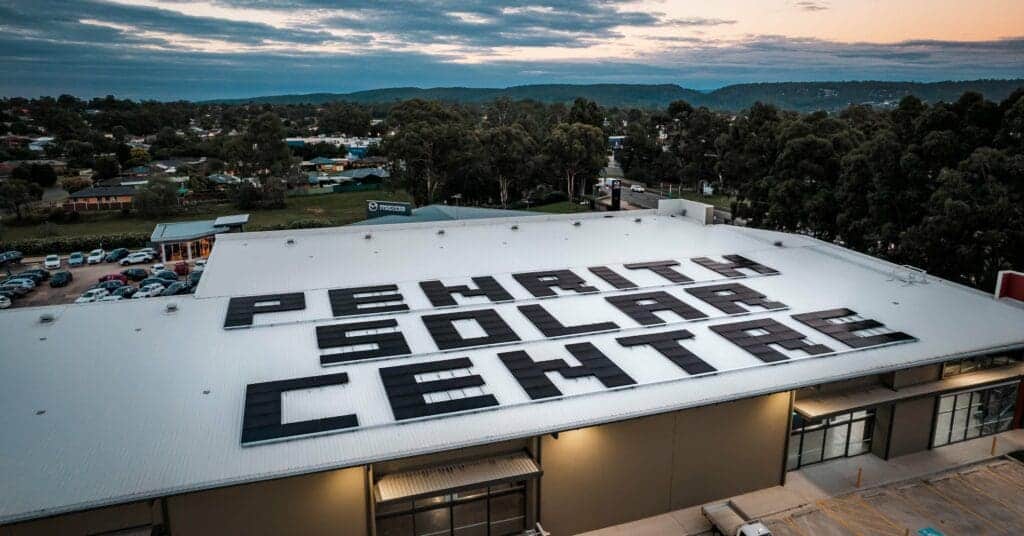
At Penrith Solar Centre, we’re committed to helping you maximise the efficiency of your solar system. We factored in considerations like performance, warranty, and cost. We landed on Trina because they outperform all the other panels Jake Warner tested. They’re efficient and economical.
If you’re interested in learning more about the type of solar systems we install at Penrith Solar Centre, you might want to read the following article titled, Microinverters vs. String Inverters: An Honest Comparison.

